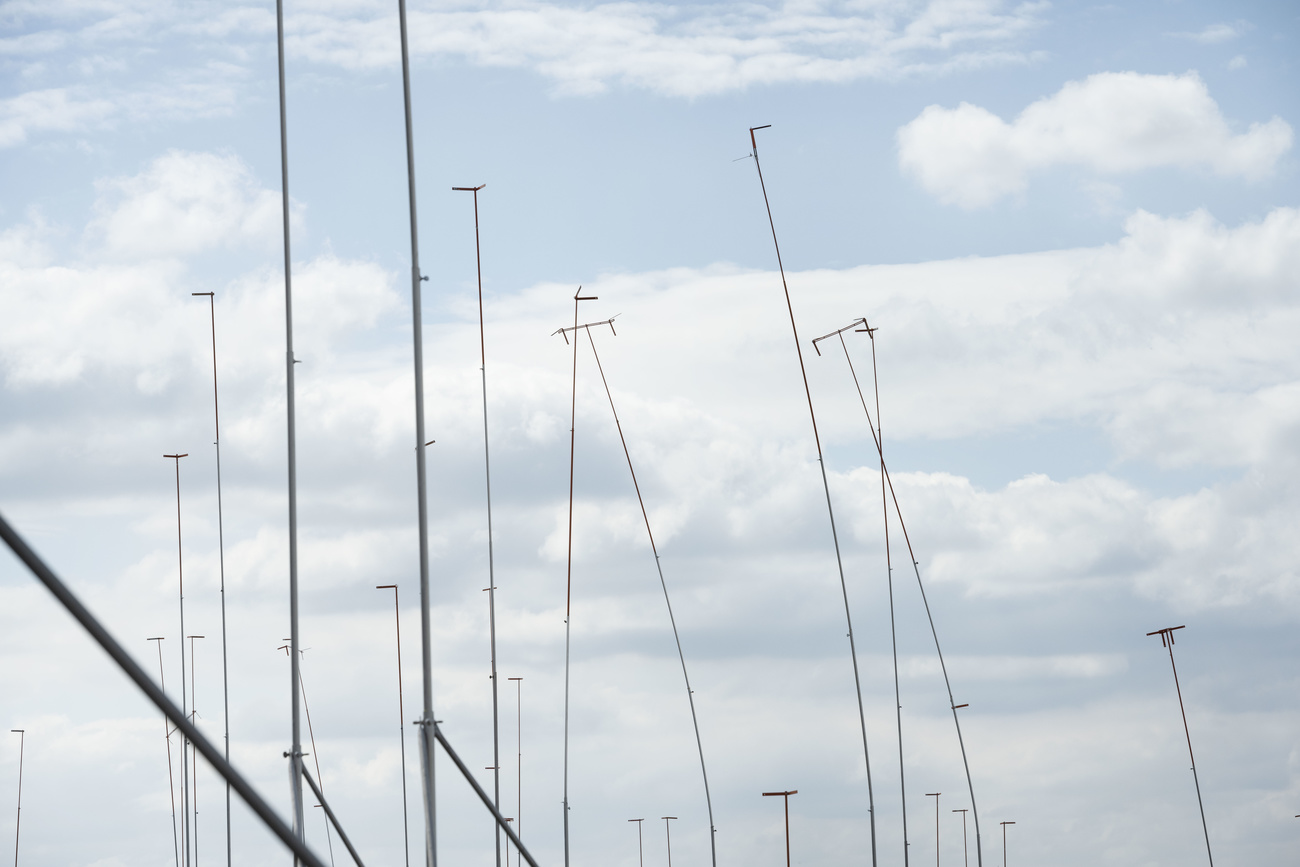Scooters need to be safer, study shows

The whoosh of mini-scooters and their close relatives, rollerblades and skateboards, has become familiar in Swiss cities, but as their popularity rises, so does the number of people - especially children - suffering injuries.
In response, the government is developing safety guidelines which could lead to a new law regulating scooters. A recent study by canton Vaud’s University Hospital in Lausanne – the first study of its kind in Europe — shows why tougher regulations are needed.
In one year, the hospital admitted 156 children who had been involved in scooter accidents. No fewer than half suffered head or facial injuries, while many other children hurt their wrists and ankles.
“We’ve been concerned about the high number of head and facial traumas. Most of these have been caused by a collision – with a tree, an obstacle or even a vehicle,” says Dr Olivier Reinberg, the paediatric surgeon who conducted the study.
“The most serious accidents we see are those where the scooters have been used in traffic,” he told swissinfo.
Inadequate braking method?
Dr Reinberg said the most common kind of accident appears to stem from an inability to brake. He believes the usual method of braking on mini-scooters – pressing the mudguard onto the back wheel with a foot — is inadequate.
A better approach, he says, would be a system where the brake is applied to the axle, or at least an anti-slip material used on the mudguard.
The surgeon also believes the small wheels of the scooters contribute to many accidents, as they can’t cope with obstacles like kerbs and stones.
“We have to look at how the scooters are built. Scooters with wide, thick wheels are safer than those with tiny wheels. And they should have better brakes,” Reinberg says.
One fundamental problem with mini-scooters is that some children regard them as toys. Very young children may not be able to understand the risks involved. Somewhat older kids may use scooters for transport, while others are more interested in seeking thrills.
Thrill seekers
“Some children are aware of the dangers when they take their scooters into traffic or down a hill, but that’s what they are looking for,” Dr Reinberg says, admitting that this is a more common phenomenon with roller-blades, which tend to be used by older children.
Because adolescents see this kind of activity as a test of their nerve, prevention programmes are difficult to implement, he says. However, children aged around 10, who are more likely to use scooters than rollerblades, are more receptive to safety information.
Dr Reinberg has been working with the police in cantons Vaud and Geneva to develop a better way to get the safety message across to that age group.
Protective clothing, such as helmets, knee- and elbow-pads and even gum-shields, would probably reduce the number of injuries, Dr. Reinberg says, although he is not sure that children could be persuaded to wear them.
In Switzerland, a consultation process is under way to help define what scooters, roller-blades, roller-skates and skateboards are — playthings or a means of transport — and to determine where they can be used. It will lead to a draft law that is likely to come into force next year.
by Roy Probert

In compliance with the JTI standards
More: SWI swissinfo.ch certified by the Journalism Trust Initiative








You can find an overview of ongoing debates with our journalists here . Please join us!
If you want to start a conversation about a topic raised in this article or want to report factual errors, email us at english@swissinfo.ch.